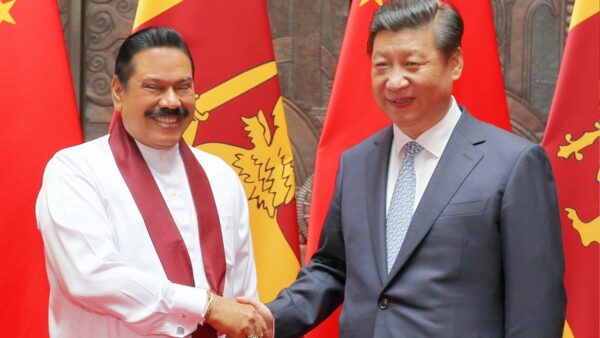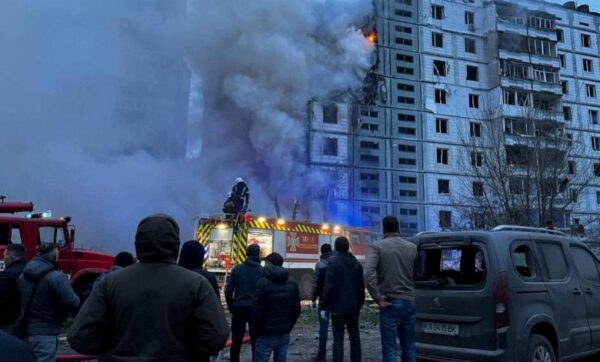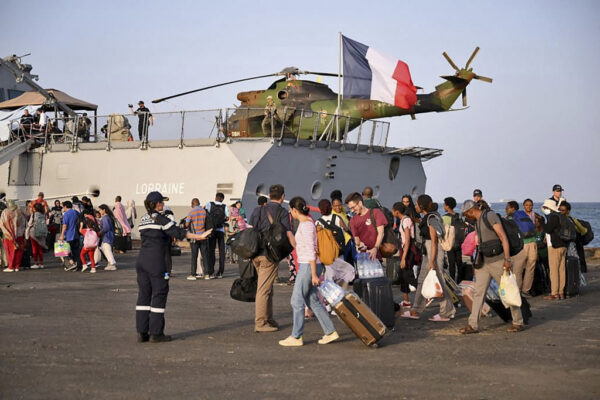
Eleven hundred feet on the colombo horizon, giant lotus and pink driven out of green metal rods. Filled with a loan of nearly $ 100 million from China, Tower Nelum Kuluna will be the highest building in all South Asia, luxury hotel room housing, conference rooms, shopping centers, and infrastructure needed to provide digital television networks. From the peak of Nelum Kuluna, visitors can see large forests of cranes and dredgers at work, maintaining all cities from the sea.
The tower is empty, a monument for the destruction of a nation. The new city nearby will almost never rise from the mud. The $ 190 million international airport intended to serve the city has not yet had a scheduled flight since 2018. Gajah roams in the area, and the main access road is used by villagers to dry pepper.
I told you, money could not build the peak of the tower,” William Golding wrote in his great work in 1964, The Spire, who tells the story of a cleric driven by an arrogance that is determined to maintain the tower from the Cathedral without basis. “Wake up from gold, and it will only sink deeper.”
Surrealist disintegration of Sri Lanka’s economic and political system marked a disaster for Chinese President Xi Jinping’s Belt and Road Initiative (BRI), which was designed to foster Chinese power throughout Asia and Africa. For New Delhi, this is an opportunity – but also a nightmare. Fear increased that Sri Lanka could join a long list of countries that failed on the outskirts of India – Afghanistan, Pakistan, Nepal and Myanmar. New Delhi has pumps nearly $ 4 billion in soft loans and assistance-but tofu this is not a long-term solution.
In the destroyed Chinese dreams in Sri Lanka, there is a warning for India: the white elephant land is full of hidden swamps, where good intentions and cash can be lost without a trace.
Even when he led Sri Lanka to victory in the Eund War, former President Mahinda Rajapaksa initiated a giant program to release his country from the economic morass caused by years of conflict. The traditional multilateral loan of the country has tightened norms since 1997, when Sri Lanka was considered to have become a lower medium income country. Some private sector investors are willing to take the risk of their money betting on a country hit by war.
From 2005-2010, Economists Umesh Moramudali and Thilina Panduwawala estimated that China released around $ 1.4 billion loans for infrastructure-which involved things like norms that were easily subject to projects and social impacts. In the period 2011-2015, when the payment was due, China rescheduled Sri Lanka’s debt and threw another $ 3.1 million.
This country needs 16 International Monetary Fund (IMF) bailout funds since 1965. Now China seems to offer an alternative lifeline, free from difficult policy reform conditions.
China’s expenditure, some argues, supported by a larger plan to develop the client’s state web throughout the Indian Ocean, running from the port of Rim Cambodia to Djibouti. There is a reason to be skeptical, this claim is China’s main motivation.









